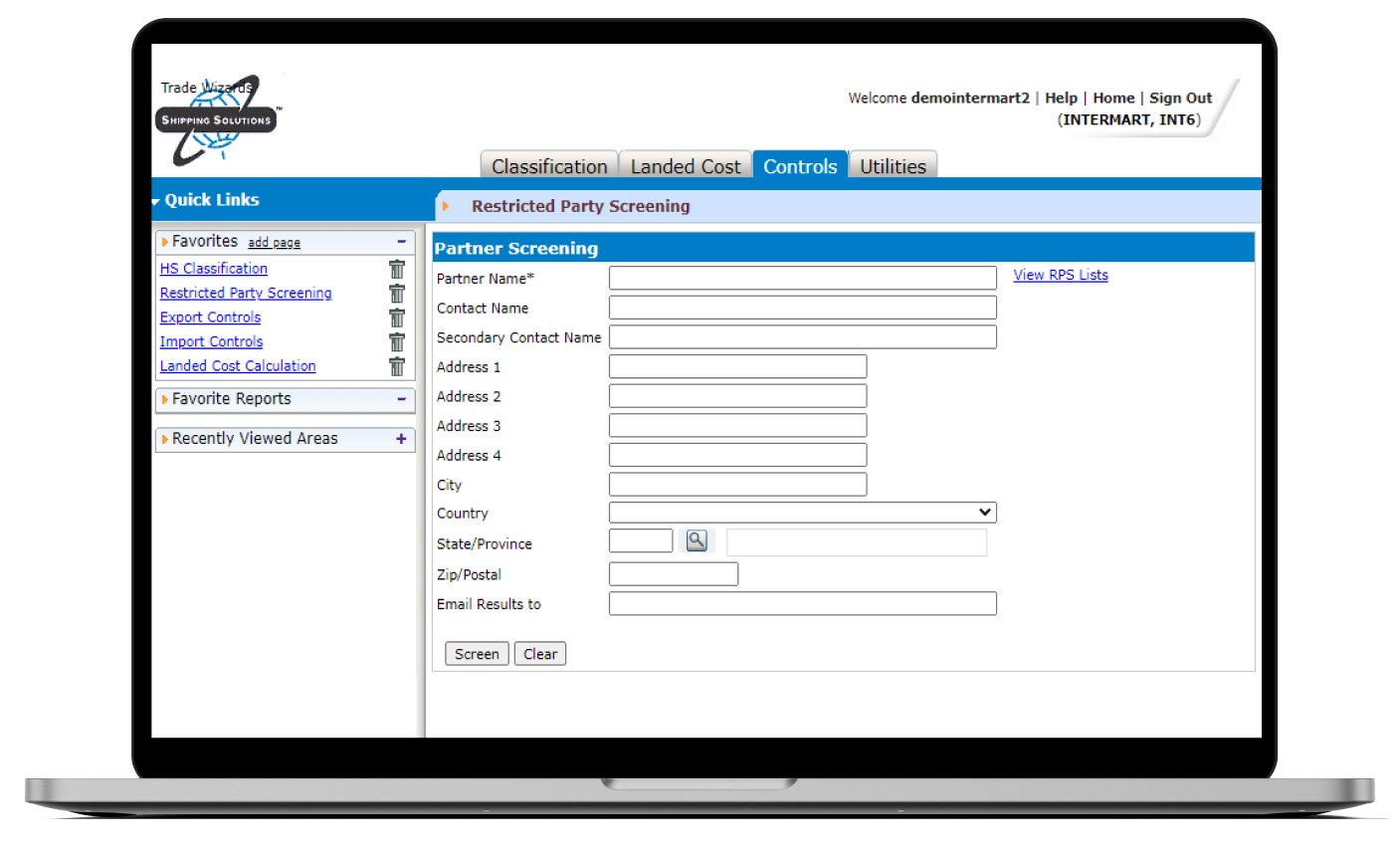The International Trade Blog Import Procedures
Import Record-Keeping Compliance: A Checklist Approach
On: August 16, 2023 | By:  John Goodrich |
4 min. read
John Goodrich |
4 min. read
 In a previous article, I suggested you use a checklist to assist you with your import record-keeping and post-entry audit processes. Here's an example of an import compliance checklist you might choose to adapt and use.
In a previous article, I suggested you use a checklist to assist you with your import record-keeping and post-entry audit processes. Here's an example of an import compliance checklist you might choose to adapt and use.
Remember, under U.S. Customs and Border Protection's (CBP) regulations you, the importer, are required to retain records relative to your importing for five years from the date of entry or from the date of the activity that caused the record to be created. These requirements are detailed for you in the CBP regulations 19 CFR §163.
Why Use a Checklist?
Last I looked in the mirror, I was a human prone to error and admittedly a little lazy. Every time I review an import file, I don’t want to rethink the process. A checklist ensures I don’t forget something. It is also a great tool for helping teach staff how to audit an import file. Finally, a checklist is a tangible record demonstrating to others I have done my audit work.
Doesn’t My Broker Keep All of My Records for Me?
As a matter of fact, the broker does keep records, but not necessarily for your benefit. The broker has his/her own legal requirement for retaining entry records. Simply because your broker might have copies of your entries does not relieve you of your responsibility to keep them on file yourself.
At most, a broker may be used as a backup for your own record-keeping program. Also remember, you are required to maintain all records normally produced in the course of your importing business. Your broker will not have access to all of your internal business records.
Consider as well that in five years your company may have developed a relationship with a new broker. It might be difficult to retrieve documents, particularly if your relationship with the old broker was strained.
Do I Have to Keep My Records in Customs Entry Order?
No, of course not. You may store your records by date, vendor, vessel or any other identifier that works for you. However, when Customs asks you for a record they will ask for it by entry number alone. As long as you can promptly retrieve the record based on an entry number, you will be in compliance.
Best practice is to index your files by entry number and to cross-reference them by use of a database or spreadsheet. It is up to you how you do this and the amount of data you maintain.
Do I Need to Keep All of My Records in One File?
Again, that is up to you. Best practice would be to have a copy of all of the records in one file. This would be the best insurance your file will be complete in five years. For some companies, this is an expensive process and perhaps not necessary.
If you have corporate-wide record retention policies and will be able to assemble a complete file in the future, it would be acceptable to keep records in different areas of the company.
The most common example of this would be accounts payable records. Standard accounting practice dictates these records be retained for a minimum of seven years. These records often are created and retained electronically as well. Printing a paper copy for your entry file may be a waste of your time.
Another record you may not choose to keep with your entry file is the courtesy liquidation notice (CBP form 4333A). I’ve included this in the checklist as an optional indicator to you that Customs has closed or liquidated the file.
I do recommend importers track their liquidations, however. This can be done more efficiently by accessing your ACS records or your ITRAC report.
Choosing not to retain all records in one file is all the more reason to use a checklist. The checklist will prompt you to review electronic records for accuracy during your post-entry audit.
Does My Checklist Need to Be Paper-Based?
The checklist is not a legal requirement and therefore can be in any format you choose. My sample format is merely a suggestion. You may choose to use an electronic spreadsheet or modify the sample checklist.
Do I Really Need to Do This?
This isn’t as much work as it might appear. You might consider incorporating this process into your accounts payable or freight audit. It may add a few minutes to the review of each entry but should not have a significant negative impact on your productivity.
Remember proactive compliance measures are generally more effective and inexpensive than reactive measures. Imagine the Herculean effort of attempting to reassemble the business history of an import your company made four years ago and compare that with the minor effort of keeping your files in order regularly.
Consider, as well, the penalties for not maintaining appropriate records. Fines of up to $10,000 per entry can be assessed for simple negligence within the record-keeping process. Fines of up to $100,000 can be assessed for repeat violations or willful failure to comply.
At the end of the day the tactical solution for your company is the one ensuring that every time CBP requests a record, you can retrieve it. Now get filing!
Like what you read? Join thousands of exporters and importers who subscribe to Passages: The International Trade Blog. You'll get the latest news and tips for exporters and importers delivered right to your inbox.
This article was first published in February 2005 and has been updated to include current information, links and formatting.

About the Author: John Goodrich
John Goodrich is an International Trade Consultant and Licensed Customhouse Broker with more than 25 years of experience in international trade. He is currently the principal in the consulting firm of JD Goodrich & Associates where his varied industry experience results in practical, actionable advice for his clients.
An active member in the Twin Cities round table of the Council of Supply Chain Management Professionals (CSCMP), he takes a strategic view of the roles of international compliance and logistics in the greater supply chain.

